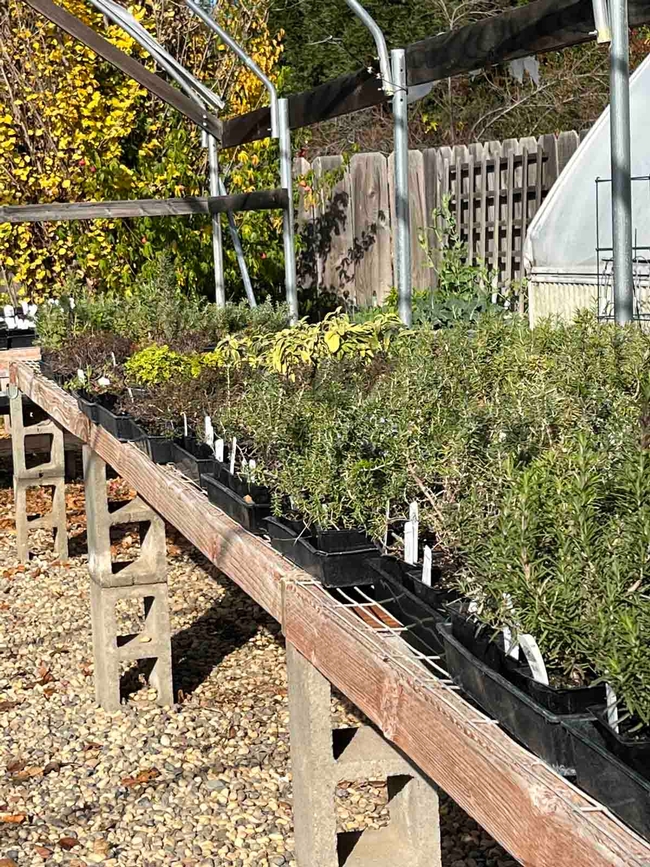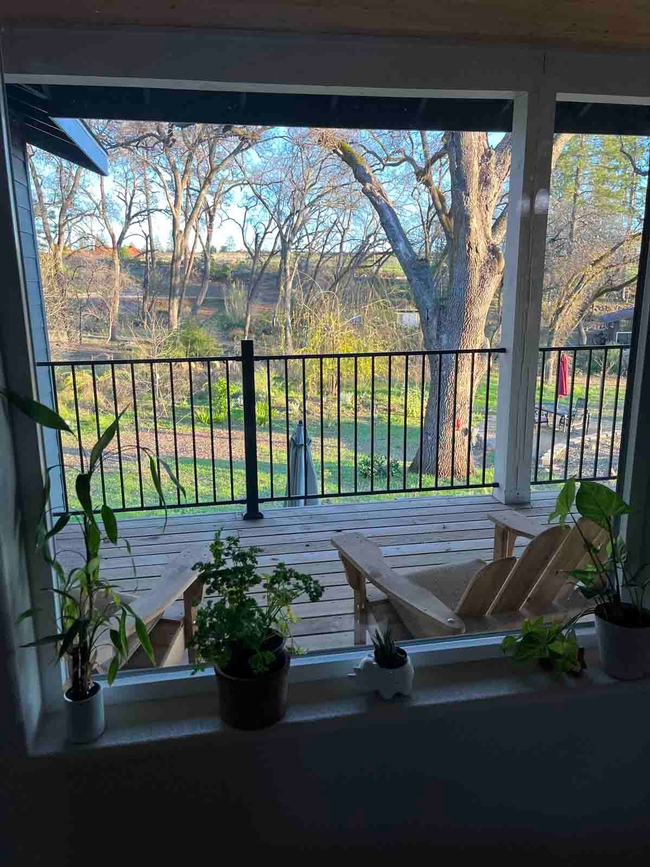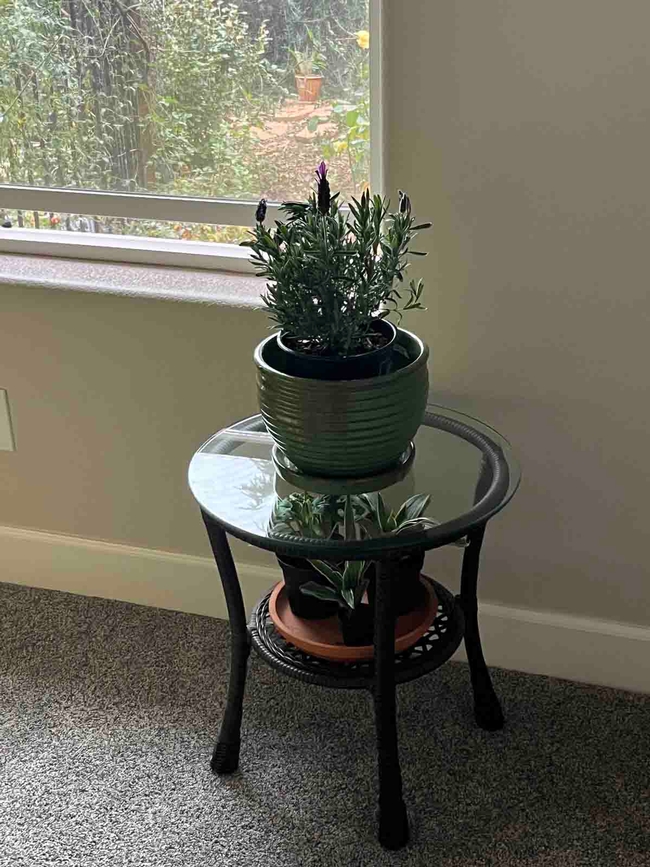Counting the time spent at work and at home, urban dwellers spend 80-90% of their time indoors. Studies have found that not only do indoor plants remove deadly carbon dioxide and replace it with life-giving oxygen (through their photosynthesis and transpiration processes) but also the soil itself may contribute to cleaner indoor air. Plants can also help us recover from mental fatigue and support cognitive health by improving our ability to focus and lessening anxiety levels, thus improving overall wellness. When relaxed, our blood pressure, heart rate and cortisol levels may be improved. Bringing nature indoors can contribute to a happier, healthier life. While various species of cacti and succulents top the lists of plants that absorb carbon dioxide and release oxygen indoors, herbs can lend a helping hand.

Happily, there are many herbs that grow well indoors. Love Mediterranean food? Consider sweet basil, thyme, oregano, rosemary, and sage. For Mexican cuisine, choose marjoram, bay laurel, and epazote; Thai basil and mint for Asian recipes; and cilantro for both. The French love parsley and tarragon, and chive's delicate, onion-y flavor adds savor to a wide variety of dishes. Chamomile, lemon verbena, and mint make relaxing, refreshing teas, and creative mixologists transform cocktail hour by adding rosemary, sage, basil, and lavender to their libations.
Many types of herbs can be combined with traditional houseplants (imagine a weeping fig, ficus benjamina, potted with a carpet of sage or thyme) or planted together in a single pot. Herbs are ideal plants in homes with open floor plans and plenty of light, and they can thrive in sunny foyers, near windows, and under sky lights.

Containers are an important consideration. A planter can be anything that makes you smile, as long as it has a hole in the bottom. Size doesn't matter, either, although the larger the container, the less often you'll need to repot or replace. Set on a non-porous saucer (glass, plastic, or glazed ceramic) to catch runoff and protect surfaces. If repurposing a container, make sure it's clean. Steel wool or a stiff brush will clean the inside of the pot. Rinse, then wash in hot water before planting. The most reliable and inexpensive pots are the unglazed terracotta flowerpots found at garden centers.
Nursery and garden centers conveniently offer a variety of pre-bagged soils that are blended specifically for potted plants, including organic and pre-fertilized mixtures. To plant, position the root ball so its surface is an inch below the lip of the container. Fill with potting mix, and press gently but firmly to remove any air pockets. Water thoroughly. Keep soil slightly moist, but not soggy, and feed monthly with houseplant fertilizer.
Water your container-grown herbs gently from the top, so soil is not washed away from the roots. Add water until water comes out the drainage hole at the bottom of the container. This prevents salts from building up in the root zone. Check soil moisture by feeling into the soil with your finger. If soil dries out for too long, roots will die, so don't forget to water!

Herbs are happy in the same environmental conditions where we feel comfortable. Humidity should be kept at thirty to fifty percent; use a mister or an inexpensive spray bottle filled with distilled water to meet a plant's humidity needs.
The same techniques used in planting containers in the garden can be applied to your indoor garden herbs. Grouping herbs not only saves space but also provides a compatible growing environment for plants with similar needs. Think in terms of “a thriller, a spiller, and a filler” to add depth and beauty to a container. Combine herbs that complement one another: an example to consider may be garlic acting as a focal point (the thriller), creeping or woolly thyme as the spiller falling over the sides of the container, and parsley (the filler) providing bright green color and complement.
There are multiple benefits to growing herbs as houseplants. They can help clean our interior air, calm our nervous system, and provide tastiness in our culinary attempts. Perhaps best of all, bringing the outdoors indoors brings us closer to nature, and that's a very good thing.
New Master Gardener 2023 Workshop Series starting up! Our Spring series of workshops will begin in late January with Seed Starting on Tuesday, Jan. 31. For more information and to register, see our Workshop section of our website.
UC Master Gardeners of Butte County are part of the University of California Cooperative Extension (UCCE) system. To learn more about us and our upcoming events, and for help with gardening in our area, visit our website. If you have a gardening question or problem, email the Hotline at mgbutte@ucanr.edu or leave a phone message on our Hotline at (530) 538-7201. To speak to a Master Gardener about a gardening issue, or to drop by the MG office during Hotline hours, see the most current information on our Ask Us section of our website.